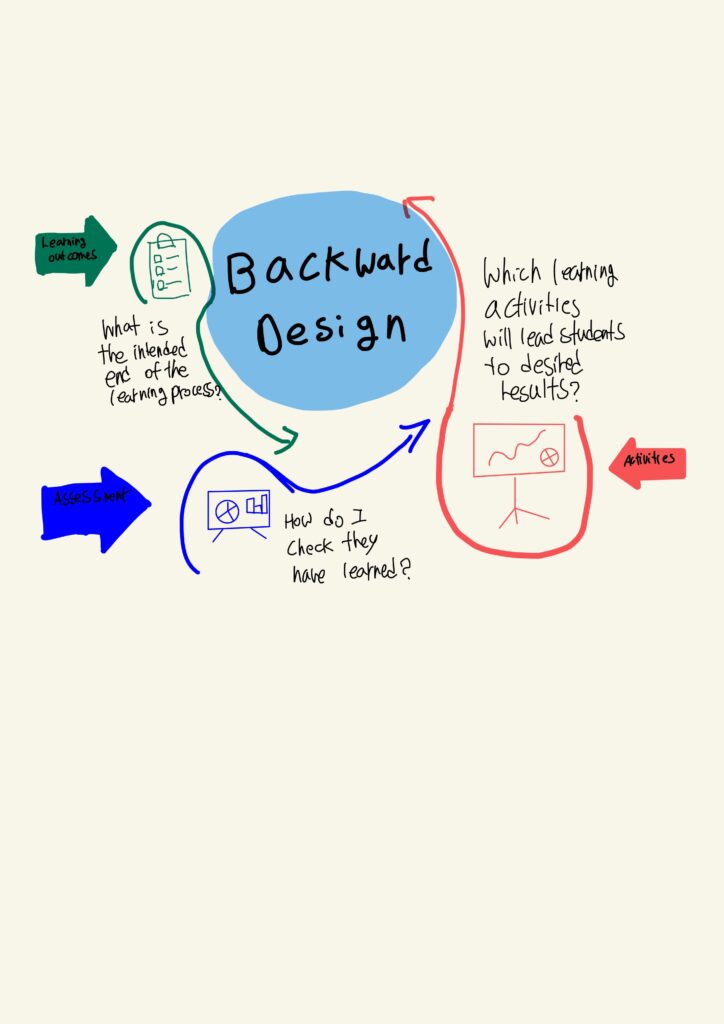Instructional Design and Lesson Planning
Effective teaching and learning require careful consideration of instructional design and lesson planning. Merrill’s First Principle of Instruction states that learners need to be motivated to learn and retain knowledge by solving real-world problems. Merrill’s approach to instructional design involves organizing content in a logical and meaningful way. Constructive Alignment involves aligning learning objectives, assessments, and instructional activities to ensure that they all contribute to the same goals. Backward Design starts with the desired learning outcomes and works backward to create activities and assessments that support them.
Critical thinking is necessary when exploring these concepts because it requires an understanding of learning theory and its practical application. To engage with these ideas, it is necessary to think critically about the impact that different approaches to instructional design and lesson planning can have on learning outcomes.
Understanding these principles provides a framework for creating instructional materials that are relevant and effective. From my experience in Math course It was meaningful and helps a lot when there were examples and explanation with images not just explanation with words.
To apply backward design, a planning template can be used to create a lesson plan that includes a media or multimedia activity. Start by identifying the desired learning outcomes, such as understanding a specific concept or skill. Next, develop an assessment, such as a quiz or project, to measure the achievement of these learning outcomes. Finally, create instructional activities that align with the learning outcomes and assessment, such as a video or interactive simulation.
Instructional design and lesson planning are crucial for creating engaging and effective learning experiences. By applying backward design and other principles, learner can create instructional materials that support desired learning outcomes and engage learners in real world problem-solving.

Leave a Reply